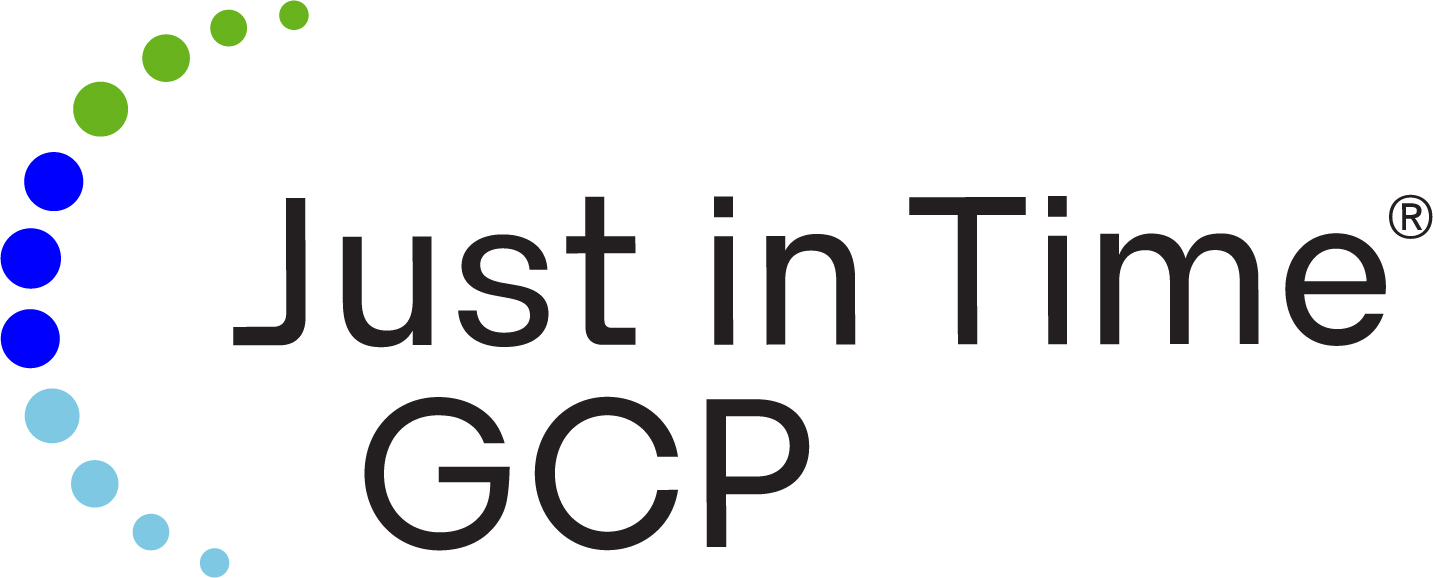Reclaiming Your Trial Master File: A Strategic Move Toward Stronger Clinical Compliance
As clinical trial complexity grows and regulatory expectations continue to evolve—particularly with the release of ICH E6(R3)—more sponsors are rethinking how their Trial Master File (TMF) is managed. While Contract Research Organizations (CROs) remain essential partners in trial execution, many organizations are choosing to take a more active role in TMF oversight by reclaiming ownership internally.
This shift isn’t about replacing CROs—it’s a strategic move toward greater visibility, improved inspection readiness, and stronger clinical compliance. Sponsors who take the lead in TMF governance are better positioned to meet modern regulatory standards, mitigate risk, and ensure the integrity of their trial documentation.
1. Regulatory Accountability Starts with the Sponsor
While CROs manage many aspects of a clinical trial, regulators consistently emphasize that the sponsor is ultimately accountable for TMF completeness, accuracy, and quality. Documents related to oversight activities, quality decisions, and sponsor-specific processes must be actively maintained—something that can be challenging when full TMF management is delegated externally.
By bringing TMF ownership, management and oversight in-house, sponsors can:
- Ensure documentation of oversight activities such as KPIs, deviation logs, and issue tracking.
- Confirm that all sponsor-generated content is captured in the TMF.
- Demonstrate real-time ownership during audits and inspections.

Regulatory agencies, including the FDA and EMA, continue to focus on trial master file completeness as a reflection of sponsor oversight and trial quality. Sponsors must be prepared to show that their TMF supports full clinical compliance and reflects proactive risk and quality management—key principles of ICH E6(R3).
Click Here to Read Article on Hidden TMF Compliance Risks
2. Real-Time Visibility and Quality Management
Timely, accurate documentation is the foundation of an inspection-ready trial master file. When sponsors rely solely on CROs for TMF updates, visibility into real-time document status is often limited to milestone-based reporting. In contrast, internal TMF ownership, management and oversight allows sponsors to:
- Track document status, completeness, and quality on an ongoing basis.
- Identify gaps early and act quickly before inspections.
- Maintain centralized access to essential documents across global teams.
With advances in cloud-based eTMF systems, automation tools, and user-friendly interfaces, sponsors now have the infrastructure to manage TMFs efficiently in-house.
 Regulatory inspectors frequently cite delayed documentation and lack of contemporaneous filing as critical findings. Direct TMF oversight allows sponsors to better manage timelines, ensuring both clinical compliance and faster inspection readiness.
Regulatory inspectors frequently cite delayed documentation and lack of contemporaneous filing as critical findings. Direct TMF oversight allows sponsors to better manage timelines, ensuring both clinical compliance and faster inspection readiness.
Click Here to Read Article on the Top TMF Metrics Every Clinical Trial Should Monitor
3. Standardization Across Trials and Systems
Managing multiple studies through different CROs often results in inconsistent TMF structures, naming conventions, and QC processes. Sponsors that internalize TMF oversight can create a standardized framework that supports consistency across all studies and vendors.
Internal TMF ownership enables:
- Harmonized document classification and metadata standards.
- Improved TMF metrics reporting and KPIs.
- A more streamlined approach to filing, auditing, and closeout.
This standardization supports interoperability across clinical systems, including integration with CTMS and regulatory submission platforms.
 A standardized, sponsor-led TMF strategy ensures better clinical compliance, reduces confusion across teams, and facilitates seamless audits—especially in multi-study or multi-vendor environments.
A standardized, sponsor-led TMF strategy ensures better clinical compliance, reduces confusion across teams, and facilitates seamless audits—especially in multi-study or multi-vendor environments.
4. Long-Term Cost and Risk Reduction
CROs deliver significant operational value, but late-stage TMF remediation, document retrieval fees, and duplicate QC reviews can result in hidden costs. In-house TMF management helps sponsors optimize processes, reduce risk, and control long-term operational spend.
Sponsors can reduce:
- Fees associated with document access and study closeout transfers.
- Duplicate efforts from internal oversight layered on CRO processes.
- Risk of delayed inspection findings due to incomplete documentation.
 Proactively managing the TMF helps avoid costly last-minute cleanups, audit findings, and trial delays—while supporting better ROI on clinical operations and compliance infrastructure investments.
Proactively managing the TMF helps avoid costly last-minute cleanups, audit findings, and trial delays—while supporting better ROI on clinical operations and compliance infrastructure investments.
5. A Collaborative, Not Competitive, Approach
This shift isn’t about replacing CROs—it’s about evolving the sponsor-CRO relationship into a more balanced, collaborative model. When the sponsor owns TMF strategy and oversight, CROs can focus on execution, while both parties work together to ensure consistency, quality, and compliance.
A hybrid TMF model can be particularly effective, where:
- Sponsors manage TMF standards and oversight.
- CROs handle operational document filing within a defined framework.
- Both parties have clear roles in maintaining inspection-ready TMF documentation.
 Regulatory bodies now expect visible evidence of sponsor oversight, not just CRO execution. Taking ownership of TMF governance ensures sponsors can meet these expectations without disrupting valuable CRO partnerships.
Regulatory bodies now expect visible evidence of sponsor oversight, not just CRO execution. Taking ownership of TMF governance ensures sponsors can meet these expectations without disrupting valuable CRO partnerships.
Click Here to Read Article on the Top TMF Trends from 2024
Conclusion: TMF Ownership Supports Clinical Compliance and Quality
As trends like cloud-based eTMF systems, real-time dashboards, AI-driven quality checks, and TMF lifecycle metrics become more accessible, sponsors are in a better position than ever to bring TMF oversight in-house. Doing so enhances clinical compliance, inspection readiness, and operational agility—without compromising collaboration with CRO partners.



